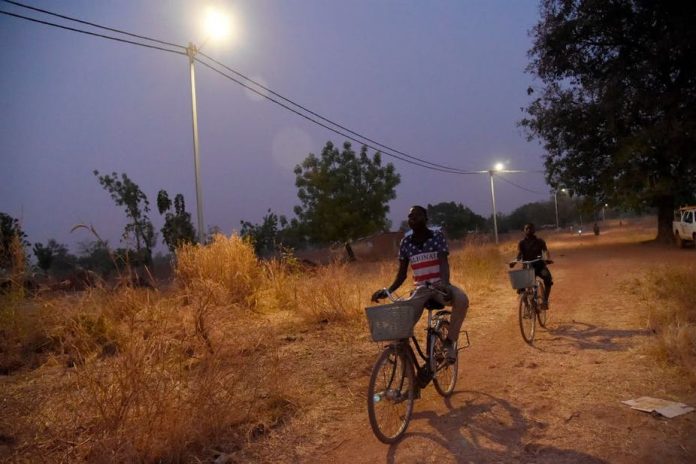South Asia has made tremendous progress in connecting rural areas to the electricity grid but the number of people in Africa without access has scarcely changed since 2010. More than half a billion people in Africa don’t have access to electricity, meaning the continent hosts 72% of the world’s non-electrified population. The UN Sustainable Development Goals have set a universal goal of ensuring access to affordable, reliable, sustainable and modern energy for all by 2030. To achieve this, the continent will require a big electrification push.
But what kind of electricity makes sense in rural Africa to make the most of available budgets? Over the past decade or so, a range of new off-grid solar products have emerged. They don’t run machinery, but they light rooms, power radios or TVs and charge mobile phones. They’re substantially cheaper than expanding the national electricity grid.
Grid electricity is often said to be critical for long-term human development because it provides sufficient power for appliances and small industries. But are the substantially higher investment costs justified by the economic impact?
Empirical studies of the impact of grid electricity on economic development in the Global South show mixed results. But it increasingly looks like evidence from Asia and Latin America doesn’t apply to rural Africa. Read more…




